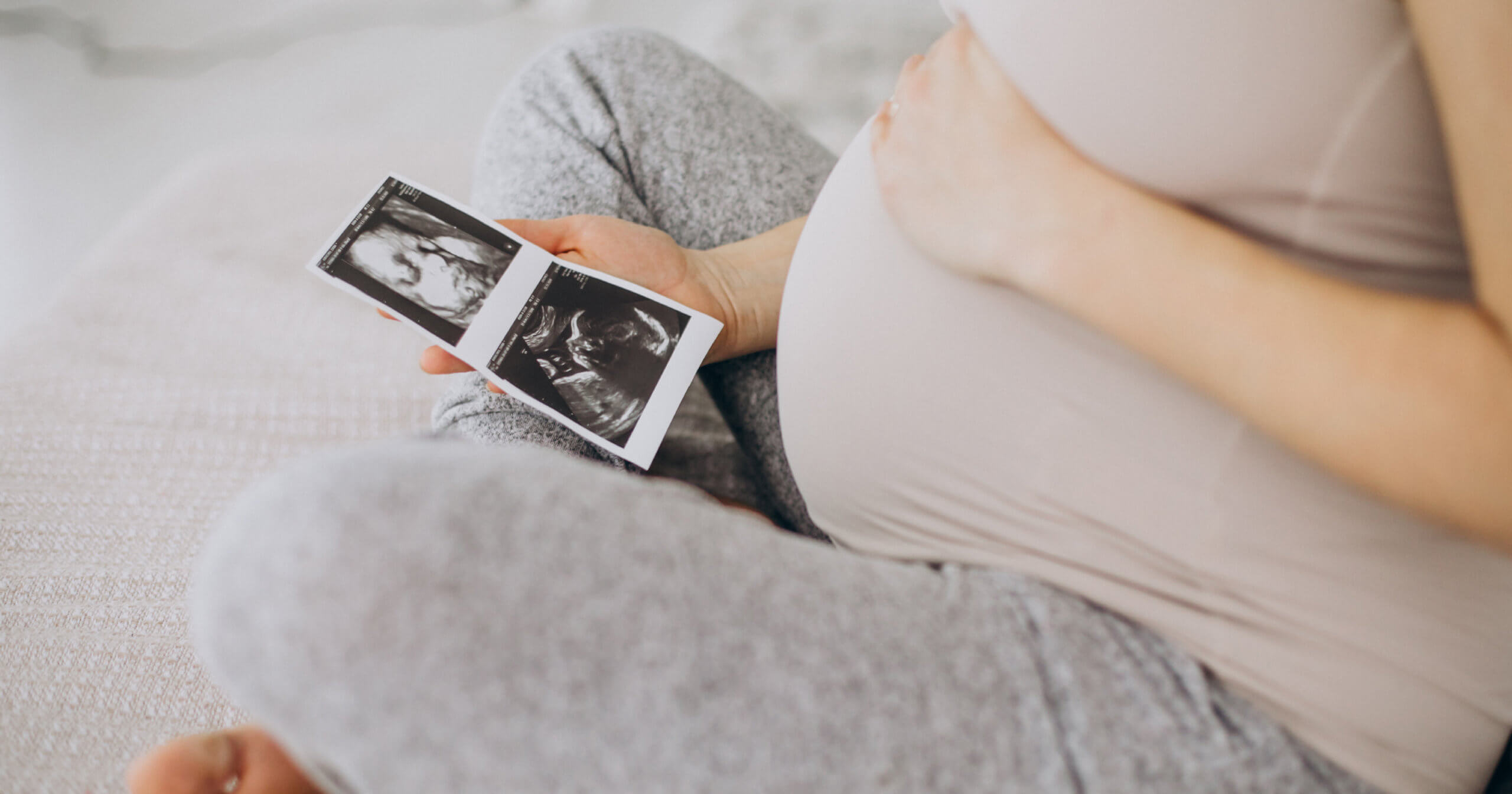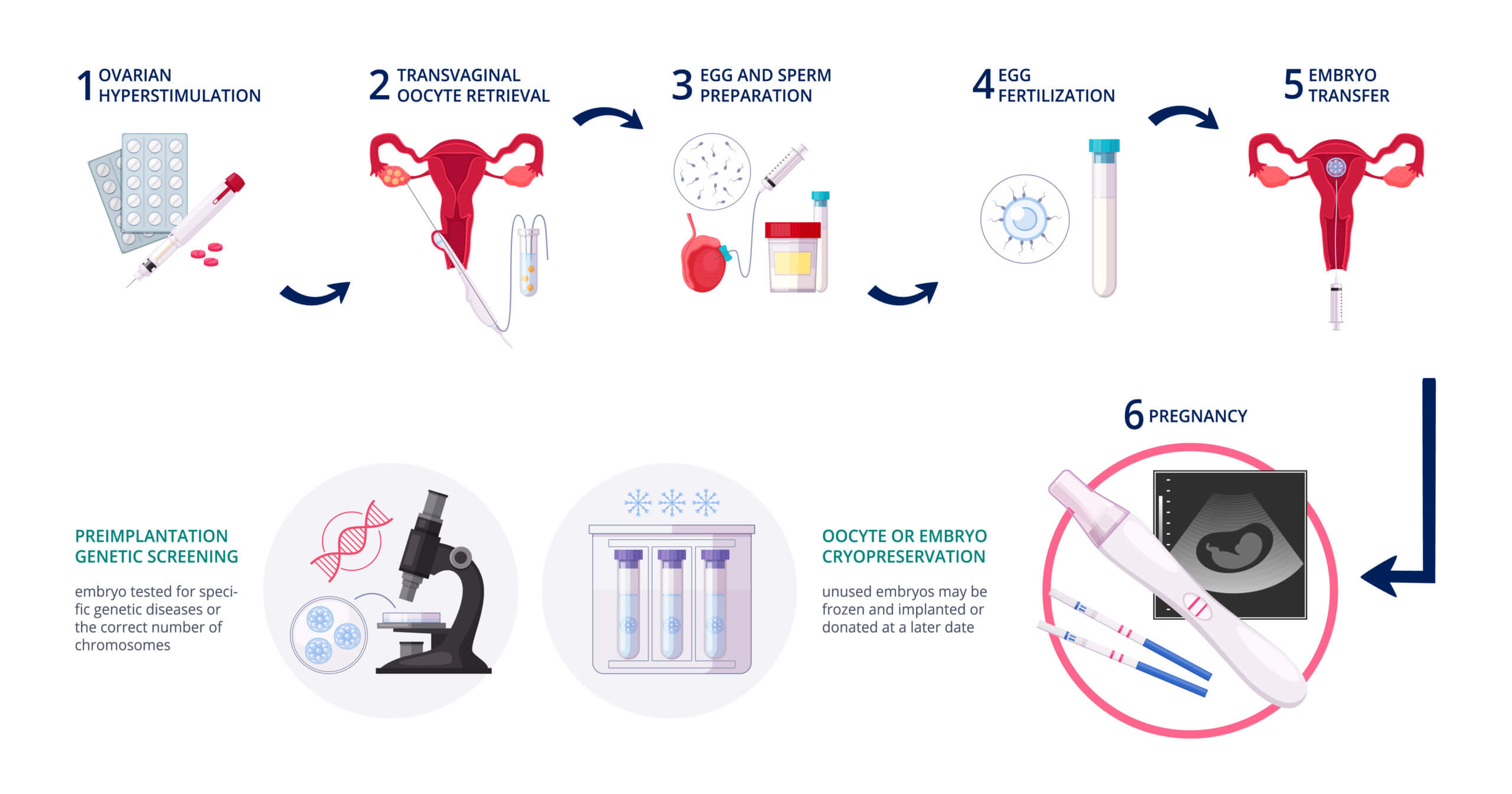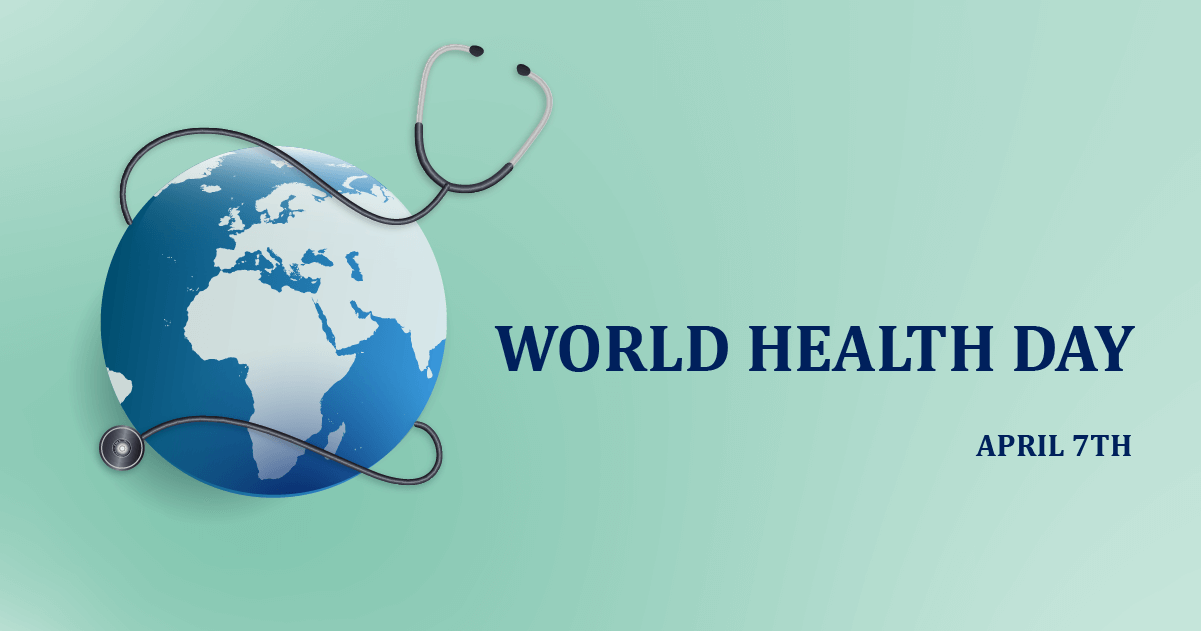
Medically Assisted Procreation (MAP) is a fertility solution that has been used for decades. Couples suffering from infertility resort to this procedure. In Vitro Fertilization, called also IVF, is one of the most used methods of assisted reproduction.
Let’s go into details!
In Vitro Fertilization (IVF)
In Vitro Fertilization (IVF) is one of the most used and successful fertility treatments. It targets couples with a wide range of fertility issues. Fertilization through this technique takes place outside of the woman’s body.
IVF Step by Step
The following are IVF steps:
-
Stimulate the ovarian for two weeks
-
Collect (retrieve) oocytes from the woman’s uterus
-
Collect sperm from semen
-
Bring together the oocyte and the sperm in a laboratory dish
-
Wait for a couple of days until the oocyte is fertilized and begins cell division (becomes an embryo)
-
Put back the embryo inside the woman’s uterus (embryo transfer)

More than one egg can get fertilized at the same time.
Also, the transfer phase can comprise one or more inside the woman’s uterus, and freeze the rest. In case the IVF attempt did not work, the patient can repeat only the last step.
Why IVF?
IVF is highly recommended in the following conditions:
-
Sperm cannot reach the egg cell
-
Women with badly damaged or absent fallopian tubes
-
The sperm has abnormalities (number, morphology…)
-
Unexplained infertility: no problems identified
Are you interested to learn more about MAP! Please check out our MAP Centre website: FERTILLIA


